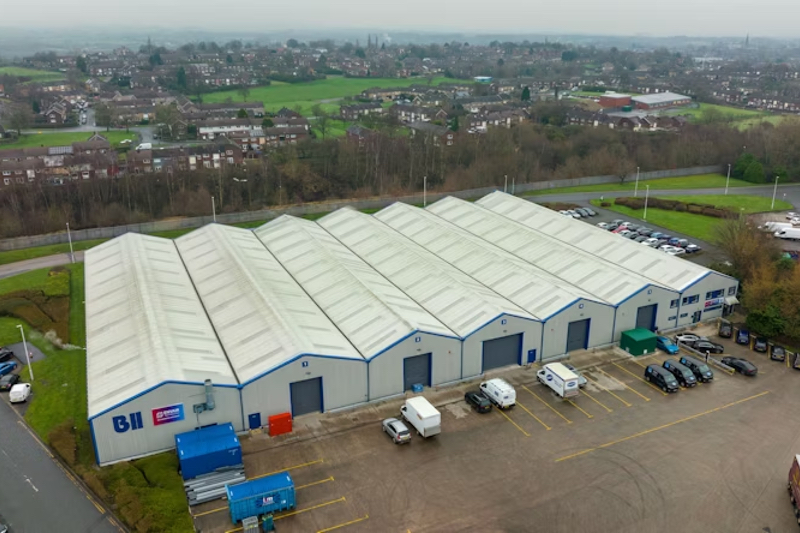Argus Remote Systems, DeepOcean, and Vaarst have collaborated on a project to develop an innovative Autonomous Inspection Drone (AID) that is set to revolutionize subsea inspections. The AID has been awarded the OTC 2024 Spotlight on New Technology Award for its cost-effective solution and ability to deliver higher-quality and precise data.
The drone is built on a Rover MK2 ROV platform from Argus, which has been upgraded with new hardware and software packages. The navigation algorithm is also provided by Argus, while DeepOcean handles the digital twin platform, mission planner software, and live view of the AID in operation. Additionally, Vaarst has contributed the machine vision camera Subslam 2x for autonomous navigation and data collection.
The AID measures 1.25 x 0.85 x 0.77 m and weighs 320 kg in air. It can operate in water depths of up to 3,000 m and travel in DP mode, offering station-keeping and remote control functionalities. Inspection data collected by the AID is streamed to onshore locations, with the vehicle’s position continuously fed back into the digital twin to enhance situational awareness.
Last year, the AID successfully completed subsea trials at Aker BP’s Alvheim Field in the central Norwegian North Sea. During a 10-day inspection campaign, Aker BP and DeepOcean inspected subsea trees and other infrastructure remotely from both the Edda Fauna vessel and Remota’s remote operations center in Haugesund, Norway.
This new technology will enable companies to conduct more efficient subsea inspections at a lower cost while providing higher quality data than ever before.



